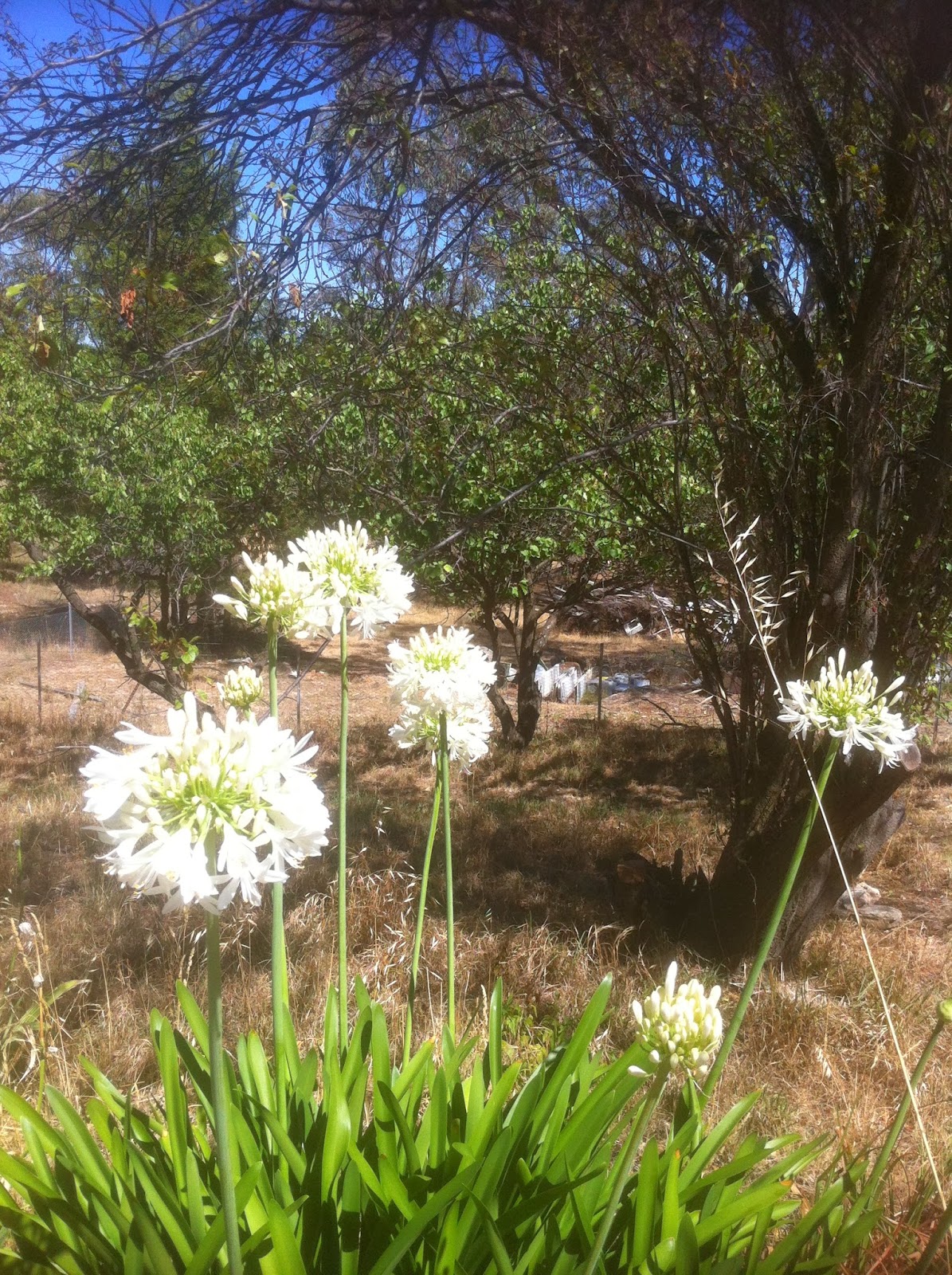This big disc of iron has cast into it the name of John Bellamy, Byng Street, London. It is a proud announcement that it is a valuable and significant item.
 I included this photo in my last blog because the artefact has just been returned to the garden, this time on display rather than buried.
I included this photo in my last blog because the artefact has just been returned to the garden, this time on display rather than buried.It is now a piece of landscape memorabilia, and I prefer the fact that it's more than a store-bought bit of rustica.
I wondered briefly if this thing had history, and when I finally sat down with a cup of tea after hours in the garden, I realised I needed to know more about Mr Bellamy's iron works.
I have an entire rust gallery of found items, mostly mechanical curiosities or farm equipment. This house had been in the same family for more than 70 years when we came, and nothing seems to have ever left the property. With no rubbish service, everything was buried.
When I tapped the Bellamy information into Google I was rewarded with a history of the iron foundry company from 1860 to 1937, as well as half a dozen other interesting sites. Bits of iron like this are actually a valued curiosity for particular people who collect iron lids, and academic papers have been written about them, mentioning John Bellamy and listing other manufacturers of ship's tank lids Link: Shipping tanks
Here is an extract from Michael Pearson's paper in Australian Historical Archaeology.
"The ship tank was invented by Richard Trevithick, the prominent Cornish engineer of the industrial revolution, and his partner John Dickinson, in 1808. Their patent specifications of 31 October 1808 described well the advantages of developing the new container, which was the first to challenge the wooden barrel in its particular uses. The new ship tank was described as being for:
... the purpose of containing, enveloping,
preserving and securing from damage the several
articles of merchandise and other goods, whetherin
the solid or in the liquid form, which are taken on
board ships and other vessels to be transported or
consumed... And further, we do make our said
packages, vessels or receptacles of such figures or
forms that they fit exteriorly to each other,"
Today we would simply call these shipping containers.
A web site has been dedicated to the study of tank lids
Link: .http://www.ozwrenches.com/tank-lids-london.htm



